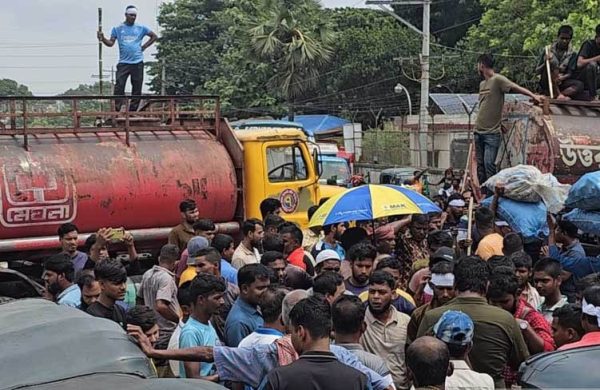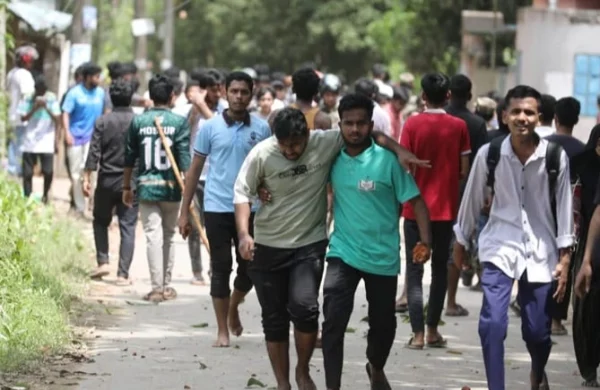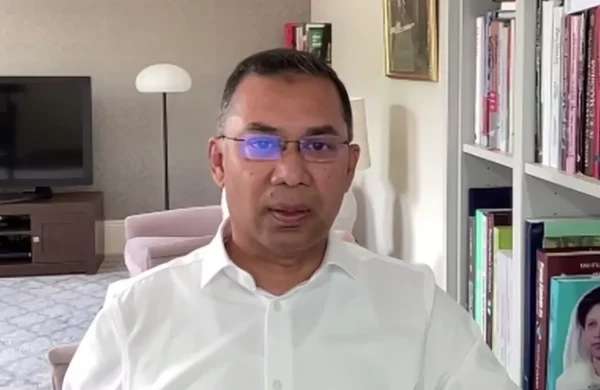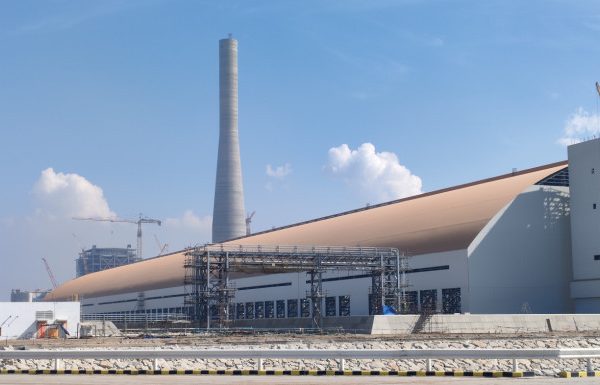Sapahar: The heartland of mango trade
- Update Time : Saturday, August 30, 2025
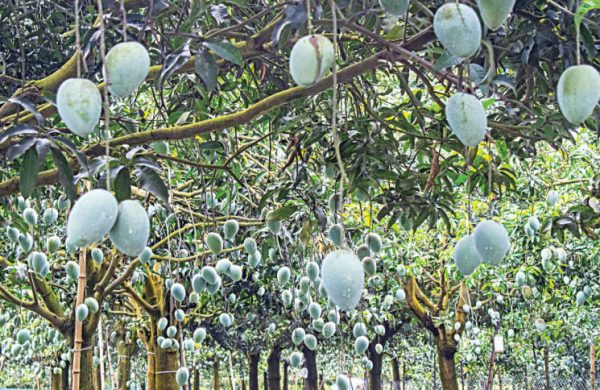
Naogaon Correspondent:
If you stand at the Charmatha Zero Point of Naogaon’s Sapahar upazila town between June and August, all you see for nearly 2.5 kilometres in every direction are vehicles laden with crates of mangoes.
A decade ago, such a sight was unimaginable for locals.
For three months each year, the once quiet border town transforms into a bustling hub. Makeshift kitchen markets, grocery shops, restaurants, garages, and hotels spring up almost overnight to accommodate an additional 50,000 people drawn by the mango season.
From dusk till dawn, bicycles, auto-rickshaws, covered vans, buses, and trucks move continuously, transporting millions of blue crates filled with mangoes of every variety. Farmers from neighbouring districts including Rajshahi, Chapainawabganj, and Joypurhat flock to Sapahar, the country’s one of the largest mango markets, according to Sapahar Upazila Executive Officer Selim Ahmed.
Mangoes, he said, have dramatically transformed the socio-economic landscape of Naogaon.
Once known for its paddy fields, the district has built a new reputation over the last decade. Mango orchards now cover 30,300 hectares, up from just 6,000 in 2015, according to the Department of Agricultural Extension (DAE).
In 2017, the figure was 17,907 hectares, showing how quickly farmers embraced the crop.
This year alone, Naogaon produced around 390,000 tonnes of mangoes, worth an estimated Tk. 2,500 crore, DAE officials said.
For decades, Naogaon’s highlands yielded little more than Aman paddy during the rainy season, lying fallow the rest of the year for lack of irrigation. The turning point came in 1999 with the introduction of the Amrapali variety. Farmers discovered they could earn Tk 100,000 to Tk 150,000 in profit per bigha, sparking a rush to plant mango trees.
Sohel Rana of Rupgram village in Sapahar began cultivating mangoes on 12 bighas in 2014. Today, he tends nearly 200 bighas. “We used to lose money on paddy. Now the profits from mangoes have changed everything,” he said.
Initially, costs were low. Leasing a bigha for 12 years cost Tk 8,000 to Tk. 10,000. That figure has since risen to Tk 25,000–30,000, reflecting soaring demand.
Md Ryhan Siddiki of Bondhupara in Porsha upazila started with 8 bighas in 2004. Now, he leases land to grow late-season Gourmati mangoes on about 100 bighas. “After expenses, I’ve profited Tk 100,000 to Tk 120,000 per bigha this season,” he said.
Others, like Sakhawat Habib of Gobindabati village, have scaled up even further. From 4 bighas in 2006, he now cultivates mangoes on 460 bighas.
But he warned of new threats. “For the last three years, thrips have been turning the mangoes black. No pesticide seems to work, and farmers are getting lower prices,” he said.
MANY ECHOED HIS FRUSTRATION
Despite such challenges, mangoes have brought prosperity. Farmers’ incomes have soared, and living standards have improved. Sapahar has seen a surge in schools, colleges, private hospitals, and clinics. Eight government and private banks now operate in the town, while mobile financial services handle hundreds of crores of taka daily during the season.
The boom has also pushed land prices sky-high. “In 2010, roadside land in Sapahar sold for Tk. 50,000 per decimal. Now it goes for Tk. 30 to 40 lakh, higher than in Naogaon or even Bogura town,” said Mizanur Rahman, a local clinic owner.
The mango trade itself has created vast seasonal employment. Since 2007, around 500 temporary arots (depots) have sprung up in Sapahar Bazar, providing work for nearly 50,000 people. During the peak season, 700 to 800 truckloads of mangoes worth hundreds of crores are dispatched daily to different parts of the country, said Imam Hossain Rifat, general secretary of the Sapahar Upazila Mango Arotdar Somoby Samity.
The boom has also opened the door to exports. In 2024, Bangladesh exported 1,290 tonnes of mangoes. This year, as of August 24, shipments to Europe and the Middle East have already reached 2,167 tonnes, according to the DAE.
Farmer Sohel Rana recently sold 4.5 tonnes at the Bangladeshi Mango Festival in Qatar, organised by the embassy. With shipping costs of Tk 350 per kilogramme and sales at Tk 600, his profits soared. “If we could export even 20 percent of our mangoes, we would earn more foreign currency than we spend importing fruits,” he said.
But about 30 percent of the crop still goes to waste. “If the government provided training, technology, and certification, our educated youth could develop industries for dried mango, pulp, or jams. Neighbouring countries are earning billions this way,” Sohel added.
Sapahar UNO Selim Ahmed said arranging cargo flights from Rajshahi airport every two days during the season could greatly expand exports.
But rising costs are a hurdle. “It now costs about Tk 600 per kilo to ship to Europe, compared with less than Tk 250 two years ago,” said Aminur Rashid, deputy director of the DAE’s Central Packing House in Dhaka.
Regulatory barriers add to the problem. “Each country has different conditions. We lack treatment plants and technology to meet those standards, which limits exports,” said Shahjahan Seraj, deputy director of the DAE at Hazrat Shahjalal International Airport.
Still, he expressed optimism about improvements ahead.
For Naogaon, according to locals, the mango has become more than a fruit. In just a decade, it has reshaped the economy, transformed landscapes, and redefined livelihoods — turning a once water-starved land into the heart of Bangladesh’s mango trade.



